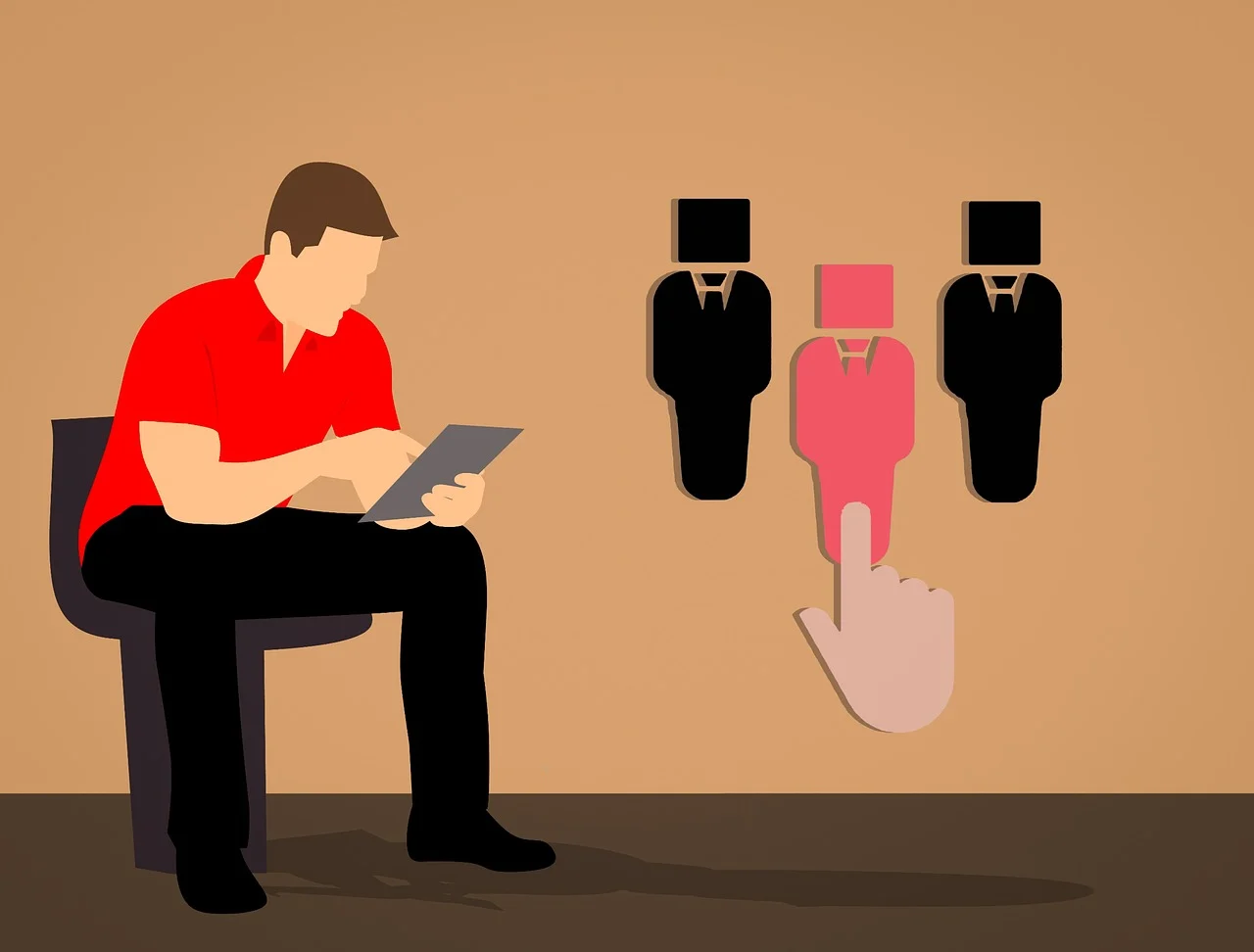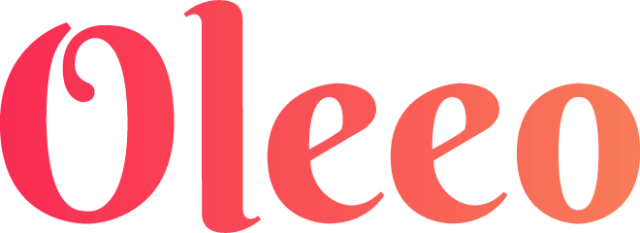Transform Your Hiring Process With AI-Powered Candidate Matching Technology


If you want to transform your hiring process with AI-powered candidate matching technology but don’t know how you’ve come to the right place. Candidate matching software can speed up your hiring process, make it more efficient, and even eliminate biases.
With so many software tools springing up everywhere, it can be hard to choose the right one for your business. So, we will cover what you should look out for, tips for making the most of your software of choice, and the main benefits and potential challenges involved.
What Is Candidate Matching?
Simply put, candidate matching is the process companies use to match candidates with job openings. They usually use recruitment platforms to match people looking for work with job listings based on their skills, experience, education, and qualifications.
Algorithms within Applicant Tracking Technology analyze candidate resumes and job postings to find potential matches. This process helps companies streamline their recruitment processes through automation.
How Does Candidate Matching Software Work?
Candidate matching software analyzes data in job seekers’ resumes using different algorithms. The software also analyzes data from job posts and compares profiles to listings to determine how compatible different job seekers are with different job listings.
The Applicant Tracking System first collects data from online databases. It collects resumes online and sorts skills, experience, education, and more. The software then analyzes job postings to find required and desired skills and any other criteria, after which it matches the candidates with different jobs.
Usually, the software will have an Intelligent Selection scoring system, with each candidate assigned a score based on how suitable of a match they are to the job in question. The scores allow for the candidates to be ranked, so that employers can easily see which candidates are the most suitable.
Candidates can also use it to see which jobs best suit their skills and how they fare compared to others.

5 Benefits of Candidate Matching Technology
Candidate matching technology has a lot of benefits, for both people looking for jobs and companies looking to hire. Some ATS Benefits include:
1. Faster time to hire
ATS Implementation that includes AI-powered technology and algorithms decreases the time it takes to hire the right candidate. The recruitment process is massively streamlined by its automatic matching system. By matching high-quality candidates to job openings, people on the recruitment and job-seeking sides save time and effort.
2. Greater efficiency
Matching candidates to jobs without AI-powered technology can be a slog. It can involve trawling dozens, if not hundreds, of CVs and cover letters and painstakingly analyzing them individually.
This is not a time-efficient way of doing things, not least because you can easily overlook something and miss a great candidate. By quickly identifying suitable candidates for job positions, AI helps you to increase the efficiency of your hiring process so that you can focus only on those candidates that score highly on the software.
3. Better matches
An ATS can help ensure job seekers are matched with positions that suit them and align with their existing skills, experience, and interests. This inevitably leads to great job satisfaction and, ideally, retention rates.
4. Better quality of hire
Candidate matching technology can help employers prioritize the highest-quality candidates through the scoring and ranking system.
5. Reduced bias
Unconscious bias can be a big problem in the recruitment process. We’re all human and bombarded with illogical messaging, so it’s natural, but not great, that this happens.
Recruitment Technology can help reduce this unconscious bias by focusing on qualifications and skills rather than any personal characteristics such as gender, race, or even the names of candidates.
While we need to ensure we don’t integrate biases into technology going forward, candidate matching technology has great potential for improving recruitment in this area.
Challenges of Candidate Matching Software
While candidate talent match software is a great time-saving tool, it has challenges. Let’s dive into these here:
Is candidate matching software reliable?
Candidate matching software is not without its limitations. It is only as reliable as the accuracy of its algorithms, which analyze and match candidate data with job specifications. Algorithms aren’t always perfect at capturing the full spectrum of qualifications or nuances that make a candidate a good fit for any job.
Whether the matching software is reliable depends on data quality – is it complete and accurate? Is it comprehensive enough? This is why you need people to check over the results and not rely solely on this technology, as well as continually offering feedback and refining the software and algorithms used.
Can candidate matching software eliminate human bias?
Candidate matching software can potentially help Reduce Bias in the Recruitment Process, but there are some caveats. While candidate matching software focuses on matching candidates with job requirements based on qualifications and skills instead of their personal characteristics, this ignores the biases inherent in job postings.
For example, a job posting might prioritize paid work experience over voluntary work, prioritizing one demographic over another. It could also ask for skills that are gendered in some way or more accessible to a certain age bracket.
Job postings aside, candidate matching software can use standardized criteria to evaluate candidates more fairly, ignoring overt characteristics such as gender, ethnicity, age, etc. By widening the pool of candidates by focusing on qualifications, candidate matching software could potentially increase Diversity and Inclusion in the hiring process.
However, the software is just a tool that can be developed using biased data. If the data used to train the algorithms contains bias, that will be reflected in the outcomes. We also need human oversight to interpret results and make adjustments for our society’s lack of true meritocracy.
How we use these tools and develop them will determine whether they eliminate human bias or continue to propagate it.

How to Choose the Right Candidate Matching Software
When it comes to choosing the right candidate matching software for your business, we recommend considering the following points:
1. Features and functions
Are there any specific features and functions that you require? The basic ones that should be included would be Resume Parsing, skills matching, automated screening, and customizable search criteria. Still, you can also look for more features to help your company. AI should be integrated into your software.
2. User-friendly interface
While this might seem obvious, you want to choose software that is intuitive, easy to navigate, and quick to get used to. It should be pleasant to use for both your recruiting team and any job seekers, where relevant.
3. Integrations
Would you like to integrate any software with your candidate matching software of choice? Do you need it to integrate with your existing HR systems, for example, or job boards? Integration capabilities will help streamline your recruitment process.
4. Customization options
Some software will have options for customization, allowing you to tailor the matching criteria and algorithms to your specific hiring needs and preferences.
5. Data security
Whatever software you choose, ensure it has a solid data security system and complies with data privacy regulations in your area. This will protect any sensitive candidate data and prevent it from getting into the wrong hands.
6. Vendor reputation
While this one might seem obvious, there are a lot of startups springing up, so it can be hard to choose the right software for your needs. Research the reputation and track record of any software vendor you’re considering. You want to ensure that they are reliable and offer good customer support, as well as implementing frequent updates and improvements in their system.
7. Trial period
Finally, if you can find software that offers a trial period, you should use this to test the software and see if it’s right for your business. You can also Request A Demo to see if it sends you candidates that gel well with your company.
Tips For Making the Most of Candidate Matching Technology
Your candidate matching technology can be a great asset to your HR team, but there are a few ways that you can take advantage of this system, and these include:
1. Optimizing job listings
Optimizing your job listings is the best way to attract suitable candidates. Ensure your job postings are clear and detailed and include all relevant keywords and synonyms to get the right matches. This will massively amplify your chances of getting accurate candidate matches.
2. Regularly update profiles
You can encourage job seekers to keep their profiles and resumes up to date to ensure that they are still relevant and able to be matched with the right jobs. For optimal matching results, they should include their latest skills, experience, and qualifications.
3. Offer feedback
By offering feedback on the quality of the matches generated by the software, you can help refine its algorithms and improve future matches. A good software company regularly asks you for feedback to improve its services, so take it up on the offer!
4. Include human judgment
Candidate matching software is a tool, and it can be really useful, but it’s not the entire process. While it can assist greatly in the recruitment process, you want to use human judgment to oversee the whole thing, as well as make final interview invitations and hiring decisions to ensure a good fit is found. You can also provide candidates with a Conversational Candidate FAQ to help them understand the process and expectations before an interview.
5. Monitor performance
You can track key metrics, such as the time it takes to hire someone, the quality of suggestions and hires, and the diversity of the candidates. This will help you assess how well the candidate matching technology works and whether it’s allowing you to meet all your business hire needs.
6. Training and support
Finally, use any training and support offered by the software company. Recruiters and hiring managers should be trained on how to use the software to make the most out of it, and you can provide them with ongoing support to address any issues or questions when they arise.

Oleeo’s Applicant Tracking System Software Makes Candidate Matching Simple
Oleeo’s applicant tracking system is ideal for any business hiring needs, and you can enjoy a Free Demo to see exactly how it would fit into your existing structure.
Check out Oleeo’s software solution Here.
FAQs About Candidate Matching Technology
Where do the matched candidates come from?
Job search platforms and recruitment websites are the main sources of matched candidates. Some candidate matching software also has access to candidate databases with job seekers who have opted to be visible to recruiters.
How much does candidate matching software cost?
The cost can vary depending on the features offered, the size of your company, and the vendor you choose. You can find subscription-based options, pay-per-use and enterprise pricing options.
Can candidate matching be used for internal promotions?
Yes, and using it for Internal Promotions can also help you with Talent Rediscovery, retain talent, improve staff satisfaction rates, and foster development in the workplace.
How does candidate matching technology handle diverse candidate backgrounds?
Candidate matching technology makes matches based on skills, experience, and more, and can include diversity metrics for fairer opportunities
How does candidate matching software impact the candidate experience?
Candidate matching software can improve the candidate experience by streamlining their job search process. It can offer personalized job recommendations, and increase the likelihood of being shown relevant job opportunities.



